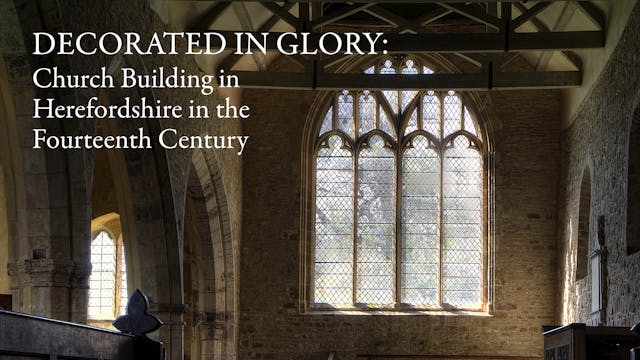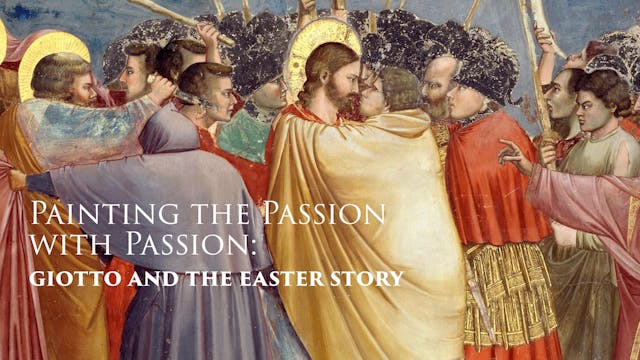Defender Of The Faith?: Henry VIII And The Parish Church
Our Free Lectures
•
1h 11m
What we often refer to as the Reformation actually began far before Henry VIII came into the picture. In 1517, German theologian Martin Luther compiled his Ninety-Five Theses and embarked on a dramatic overhaul of the Catholic Church. But what happened on this side of the Continent? We know that King Henry VIII “broke with Rome”, but do we really understand why? What did Anne Boleyn have to do with it—and, most importantly, how did this all impact religion in England’s 8,000 or so parishes? Was this just a great schism or did Henry’s changes produce ripples of varying depths across the realm? Did devotion simply turn into “Catholicism without the Pope” or was there a far more significant transformation for worshippers?
In this talk, we will examine just how England was “reformed” by a consideration of various regions in England and how their parishes reacted, and the buildings were impacted, by the changes from above. Were England’s parish churches pawns in this great reformation of the Catholic Church—or was that in fact Henry’s role?
This talk is given by Dr Emma J. Wells. Dr Emma is an Ecclesiastical and Architectural Historian specialising in the late medieval and reformation parish church/cathedral, the senses, pilgrimage, saints as well as built heritage more generally. She is the Programme Director of the PGDip in Parish Church Studies in partnership with the CCT at the University of York. Her book, Heaven On Earth: The Lives & Legacies of the World’s Greatest Cathedrals, is to be published by Head of Zeus in Autumn 2021.
Up Next in Our Free Lectures
-
Parish Churches, Priories And Palaces...
Ecclesiastical buildings (or their remains) are present in our contemporary environment in many different shapes, sizes and guises, and this talk will explore a variety of buildings: from parish churches across London and Kent, to urban cathedrals and archbishops' palaces. We will look at a range...
-
Decorated in Glory: Church Building i...
The first half of the fourteenth century witnessed an extraordinary flowering of architecture, art and sculpture in Herefordshire and the central Welsh Marches. Much of Hereford Cathedral was rebuilt in these years, three exceptional parish churches were almost completely rebuilt, and gloriously ...
-
Painting The Passion With Passion: Gi...
Giotto’s frescoes in the Scrovegni Chapel in Padua, painted between 1303 and 1305, constitute one of the most beautiful, most coherent and most complete decorative schemes to have survived the ravages of time, the changes of taste, and the vagaries of flood, fire and other ‘Acts of God’. Telling ...



